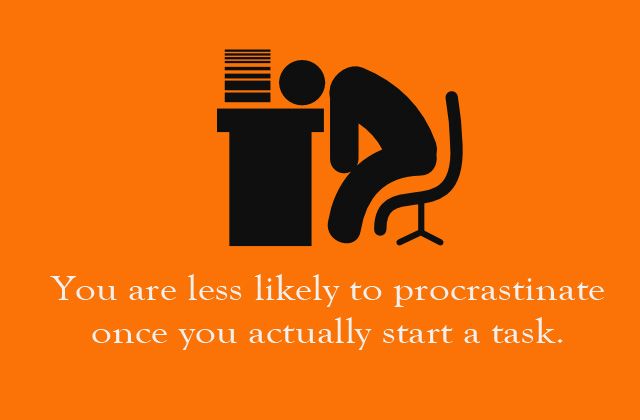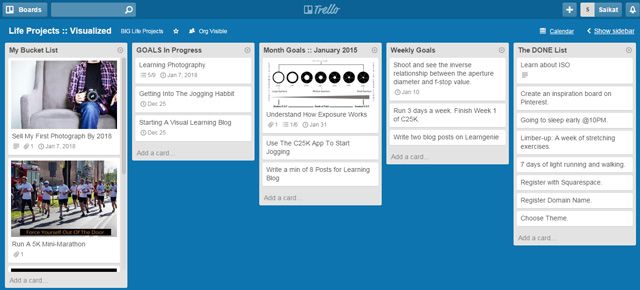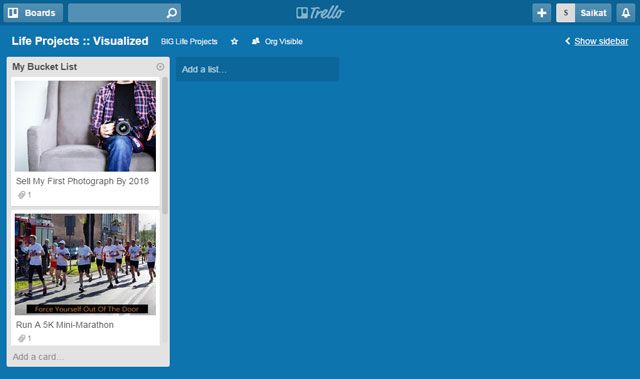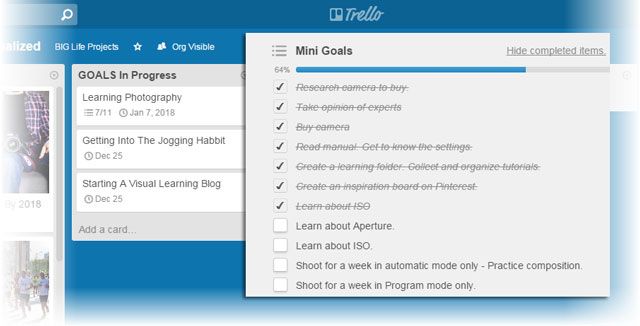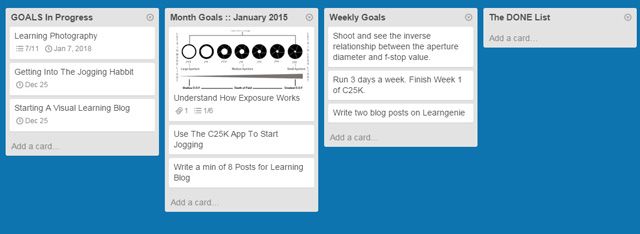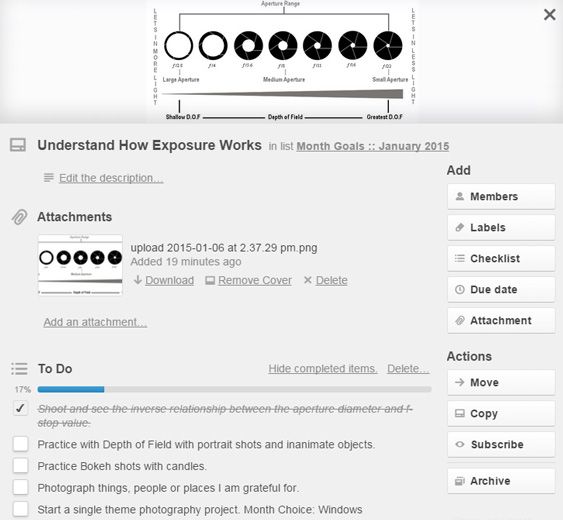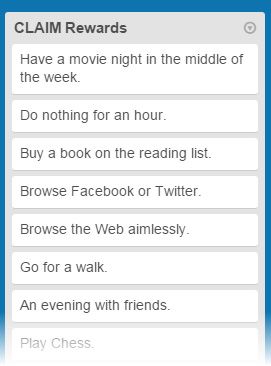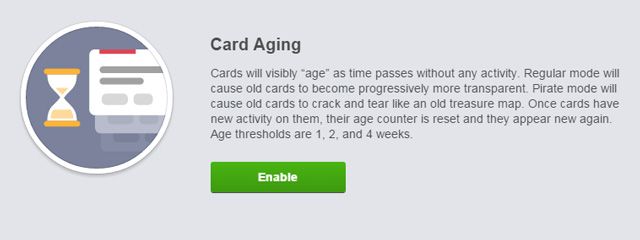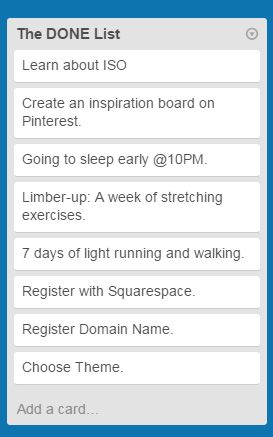Can you dig through a hundred meters of solid rock alone?
"No," a reasonable person would say - and they'd be wrong. The "Mountain Man" of India proved otherwise.
It took the humble laborer 22 years to break a road through a mountain, by himself, using only the most basic of tools. When he finished, his village finally had access to medical care and transport. Odds are pretty good that the toughest challenges in your life are not as big as the Mountain Man's. It should take us a lot less for us to break our big rocks.
Some people call them "dreams". Some call it a bucket list. I call them big, gray, looming rocks. No matter what you call them, we all have them: the things we want to do and experience before we die. Making your own bucket list gives you some perspective on your life and what you want out of it. But writing bucket lists and creating vision boards around them can only do much. Emptying that bucket calls for action.
This is where treating that true story as a metaphor for our lives helps. So, can you carve through a mountain alone? Yes. One rock at a time. No obstacle can survive the steady onslaught of patience.
The 5 Rules That Govern My Goal Management System
When it comes to a goal management system, it is never one size fits all. It is highly personal, but customizable. Set yourself some rules for your own system. It will help you select the productivity tool that works for you. Here are the five rules for my system...
Keep your goals in sight. Using Trello as a visual bucket list.
Break big goals into meaningful micro-goals. Begin with the end in mind and dissect your goals to the smallest steps.
Just get started. Use the Zeigarnik Effect (and dash of motivation) to build momentum and end procrastination.
Create routines that don't box you in. Weekly goals leave room for unplanned emergencies and time to replenish your energy.
Leave it to time. Combine the magic of thinking big with the simplicity of thinking long. (Thanks -- Never Too Late To Be Great)
Using Trello To Break Down The Bucket List
Of all types of productivity systems, the visual ones appeal to me the most. It could be because of the imagery – photos and diagrams – that help to paint a picture of the finished task. Trello combines the best of personal Kanban like features with the flexibility to create a vision board and visualize our goals. Plus, it's free -- inspiration shouldn't be expensive.
Trello works best as a collaborative task management tool, but it can be easily adopted for a personal to-do system.
A "Bucket List" is a to-do list with a long term horizon. It can be a dream list – but it helps if you seed it with ideas that are Specific, Measurable, Attainable, Realistic and Timely (SMART). Otherwise, you're just waiting valuable time thinking about your goals instead of achieving them!
I created a board called – unimaginatively – My Bucket List. The board is populated with vertical Trello Lists. Each list is the placeholder for the stages my goals will go through. Each card on the list holds a specific task / step that I take towards completing the goal.
The first column holds the biggest priorities. The BIG goals. The DREAMS. Each big goal gets a card which is illustrated with a photo and fleshed out with any information that helps the goal.
The well-illustrated cards serve as the vision board and the launch pad for the "Most Important Goals" that progresses step by step from here onwards.
Picking Your Most Important Goals
Moving the cards from left to right across the Trello board helps to intuitively visualize progress.
Following the rule laid down above, I pick the three most important goals that I desire to achieve first. Do note that they are SMART goals. The three goals make it to the next list titled – Goals In Progress.
Limiting goals to just three is a Kanban concept that stops you from taking on more goals than you can handle. According to the Kanban concept, everyone has their own WIP (Work In Progress) limit, but a smaller number is best for focus and quality of effort. An excessive WIP is exhausting and you don't finish what you start. Remember that you are human, and don't push yourself beyond your own limits. Think of yourself as an employee: a talented, productive employee, but one who can only handle so many tasks at a time.
Each goal is broken down to the easiest possible steps again. It's time to point out again the value of breaking down big mountains one small rock at a time. Breaking down each huge task into effortless little steps also keep the goal in motion and resistance to do it at bay. Senia Maymin talks about goal-setting and the value of incremental steps...
"If you want to accomplish something, break it down into smaller steps and go after them incrementally. Plan out the smaller steps before jumping into the big project."
As you can see in the screenshot, using checklists helps me strike off the little tasks towards the goal and also visualize the progress I am making towards completion.
Turning Them Into Weekly And Monthly Action Plans
Personally, setting daily goals day in and day out is a recipe for mental drudgery. Monthly and weekly goals gives just enough of a deadline to complete a task and leaves space for life. Many a time this space has allowed me to bounce back after falling off the wagon or a commitment failure. Also, a week is just right for bigger thinking.
The Monthly and Weekly Goals list on Trello is a "container" for some of the steps from the Goals in Progress we saw above. Manually write the goals or convert checklist items into cards and move them to the Monthly/Weekly lists.
Here's a screen from my monthly breakdown of learning photography. Use the individual monthly goals to set goals for each week.
The BIG goals shouldn't fall prey to monotony. One of the ways to keep your motivation going is to set mini-challenges or try gamification with something like HabitRPG.
Gamifying achievements is open to creativity. I set a few rewards if I manage to meet my weekly and monthly challenges. You can award yourself points and "encash" them at the end of the week or month for a list of rewards set up on a separate Trello list.
The trick here is to be objective and award the rewards according to the difficulty of the task. I know I can enjoy the rewards without needing to go through the tasks...but connecting them together builds accountability.
Kevin Lee at Buffer has compiled a few pointers on how to use gamification as an anti-procrastination tool.
Dealing With The Enemy -- Procrastination
A separate Trello list called Procrastinating On holds all the steps where I have stalled. Due dates on the cards are effective reminders. Checklist items converted to cards can go here. Any ideas to break the bottle neck can go into the "Description" of the cards.
Card Aging on Trello automatically tells you about the cards that haven't been touched in a while. Enable the Power-Up and cards become progressively more transparent and “fade out” the longer they remain untouched.
In pirate mode, cards will tear, yellow, and crack like an old pirate map. The card will return to its usual when it is active again.
The DONE List
Tasks that you've accomplished go into a Trello Done list. This is the anti-procrastination device because keeping a Done List is a motivation in itself. One idea is to fill the cards with pictures of your accomplishments.
Visualize Progress
Visualization again becomes useful when you need to see your progress towards the goalposts. The Kanban styled layout of Trello cards is in itself a good way. But there are a few more tricks you can employ.
- You can use the Calendar view to take an overview of the tasks.
- You can use differently colored labels (red-orange-green) to showcase your progress.
- You can link to third-party sites like Progress Visualizer and Ollert to visualize your Trello board.
How Do You Plan Your Big Goals?
The visual left-to-right movement of Trello cards helps make your effort concrete. The sense of accomplishment going from from the musty to-do to the kinetic Done is something that we all can relate to. But like all productivity systems, it is not perfect. At some point, the missing element is you: your drive, your desire, and your ability to rise above your own demons of procrastination. Vision boards are like a well-worn family car. They'll get you there, but they need somebody in the driver's seat.
Is your bucket list a simple to-do sheet or is it embellished with visual triggers? Do you have a system in place to achieve the goals you have set? We would love to hear about your process.
Image Credit: Icons made by Freepik from www.flaticon.com is licensed by CC BY 3.0


